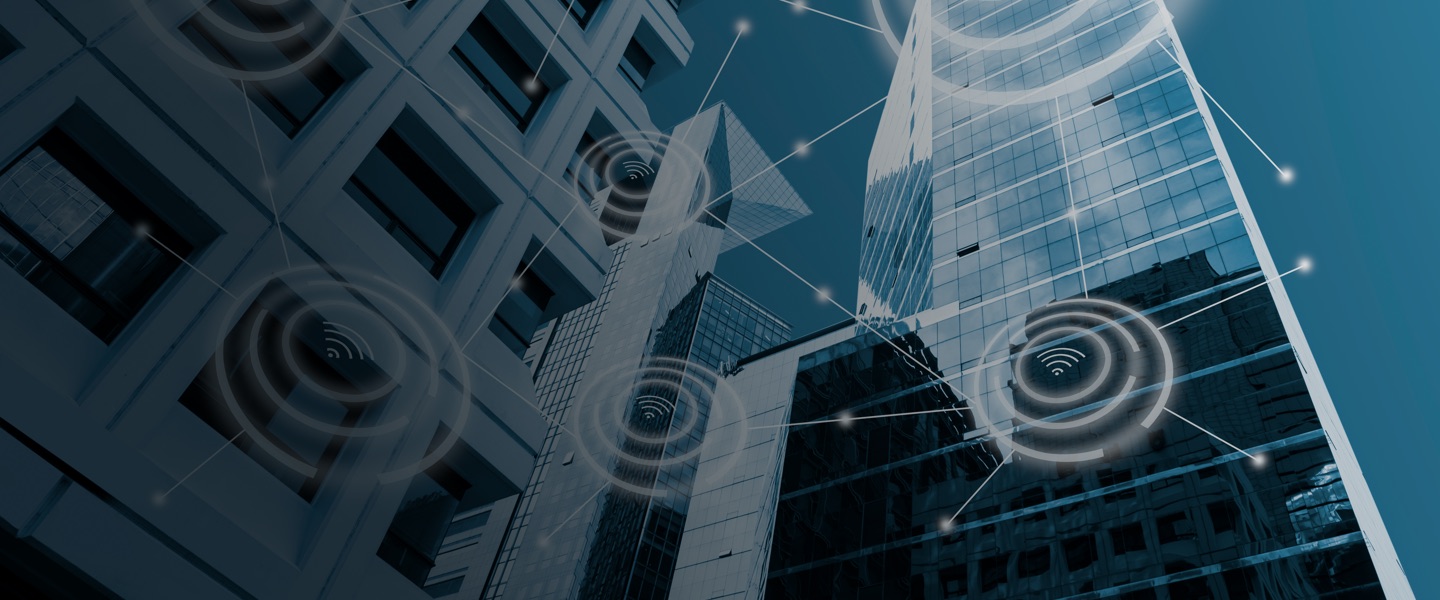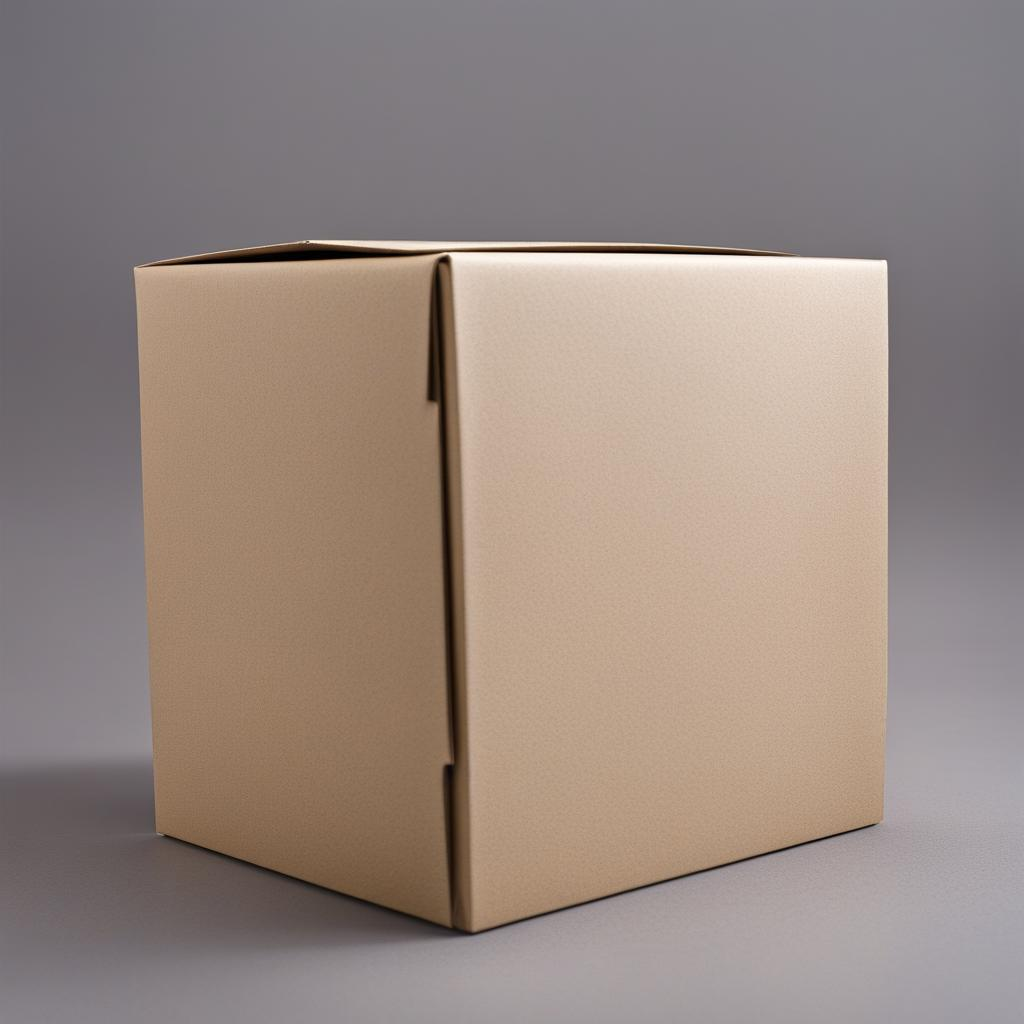The Internet of Things (IoT) is a game changer in technology, transforming various industries. It is especially useful in maintenance and cleaning, where it replaces traditional methods, increases efficiency, and optimises resources. In Australia, IoT is becoming increasingly important for keeping things clean and working efficiently across a variety of sectors. IoT sensors and gadgets enable real-time monitoring of equipment, predictive maintenance, and automated cleaning duties. This results in reduced downtime, lower expenses, and a cleaner environment. From smart rubbish bins in cities to advanced building management systems, the Internet of Things (IoT) is transforming maintenance and cleaning in Australia.
The evolution of maintenance and cleaning through IoT
Integrating IoT into maintenance and office cleaning marks a major shift from traditional methods. Conventional practices relied on manual labour and fixed schedules, often resulting in inefficiencies and increased costs. IoT brings a proactive, data-driven approach by using interconnected devices and sensors to continuously monitor and manage tasks. This technology enables real-time data analytics, allowing for immediate detection of issues and more efficient deployment of resources. For example, IoT sensors can detect equipment malfunctions before they become major problems, prompting timely maintenance that prevents costly breakdowns.
By leveraging real-time data, predictive analytics, and automation, IoT has not only improved the effectiveness of maintenance and cleaning but also significantly reduced costs and resource consumption. As IoT technology continues to evolve, we can expect even more innovative solutions that will further revolutionize these essential services.
In cleaning, smart sensors can monitor cleanliness levels and automate tasks such as waste collection and surface disinfection, ensuring optimal hygiene with minimal human intervention. This leads to better resource utilisation, lower operational costs, and enhanced overall efficiency. The IoT’s ability to provide continuous, real-time insights revolutionises how maintenance and cleaning are conducted, making these processes more effective and less labour-intensive.
Real-time monitoring and predictive maintenance
One of the key benefits of IoT in maintenance is that it enables real-time monitoring and predictive maintenance. By embedding IoT sensors in machinery, HVAC systems, and other vital infrastructure, their condition can be continuously assessed. In Australia, mining companies exemplify this innovation by using IoT sensors to monitor equipment health, greatly reducing downtime. These sensors detect irregularities, such as abnormal vibrations or temperature changes, and alert maintenance teams before issues escalate into failures. This proactive approach not only prolongs the equipment’s lifespan but also avoids expensive breakdowns and enhances safety. The continuous data provided by IoT devices allows maintenance teams to address potential problems early, ensuring smooth operations and greater efficiency. By adopting IoT technology, industries can move from reactive to preventive maintenance strategies, resulting in significant cost savings and improved operational reliability.
Smart cleaning solutions for urban areas
Urban areas, bustling with activity, face unique challenges when it comes to cleanliness. Traditional cleaning methods often fall short in managing the growing waste and pollution. However, smart cleaning solutions are revolutionizing urban sanitation, offering efficient, eco-friendly, and sustainable ways to keep our cities clean.
The IoT is revolutionising urban cleaning practices, with cities like Sydney and Melbourne at the forefront of adopting smart cleaning solutions. IoT-enabled trash bins equipped with sensors notify waste management services when they are full, optimising collection routes and minimising unnecessary trips. This proactive system ensures bins are emptied before overflowing, keeping public spaces cleaner and reducing the carbon footprint of waste collection vehicles. Moreover, IoT-powered street cleaning machines can be dispatched more efficiently by analysing real-time data on dirt levels.
This targeted deployment results in cleaner streets and lowers operational costs by concentrating efforts where they are most needed. The integration of IoT in urban cleaning not only enhances the overall cleanliness of cities but also contributes to more sustainable and cost-effective waste management practices. Through these innovations, cities can maintain a higher standard of hygiene and environmental responsibility.
Smart cleaning solutions offer a promising future for urban sanitation. By leveraging technology, cities can manage waste more efficiently, reduce pollution, and maintain cleaner environments.
Enhancing building management systems
In terms of facility cleaning, IoT plays a crucial role in maintaining large buildings and complexes. Smart building management systems (BMS) integrate IoT sensors to monitor and control various aspects, such as lighting, HVAC, and security systems. For instance, the iconic Eureka Tower in Melbourne utilises an advanced BMS that incorporates IoT technology to optimise energy use and ensure the comfort and safety of its occupants. IoT sensors help detect maintenance needs early, from identifying a malfunctioning air conditioning unit to alerting staff about a water leak, enabling swift and effective responses that mitigate damage and inconvenience.
Healthcare and hygiene in Australian hospitals
The healthcare sector, particularly hospitals, stands to gain immensely from IoT-driven maintenance and cleaning solutions. In Australian hospitals, ensuring hygiene is paramount to preventing infections. IoT devices can monitor cleaning activities and track compliance with hygiene standards in real-time. For example, hand hygiene monitoring systems use IoT technology to ensure that medical staff adhere to sanitization protocols. Sensors can detect whether staff have washed their hands upon entering and exiting patient rooms, significantly reducing the risk of healthcare-associated infections. Additionally, IoT-enabled UV-C disinfection robots can autonomously clean and disinfect hospital rooms, providing a higher level of cleanliness and reducing the burden on human cleaners.
Challenges and future prospects
Despite the numerous benefits, the integration of IoT in maintenance and cleaning does present challenges. Data security and privacy are major concerns, as IoT devices collect and transmit vast amounts of data.
IoT is revolutionizing maintenance and cleaning by providing predictive insights, enhancing efficiency, enabling real-time monitoring, supporting data-driven decisions, and ensuring safety and compliance. As IoT technology continues to evolve, its impact on these fields will only grow, leading to smarter, cleaner, and more efficient environments.
Ensuring robust cybersecurity measures is essential to protecting sensitive information. Additionally, the initial cost of implementing IoT solutions can be high, though the long-term savings and efficiency gains often justify the investment.
The potential for AI and machine learning to further enhance IoT applications is immense. These technologies can analyse data more accurately and predict maintenance needs with greater precision, leading to even more efficient and proactive management practices.
Read more blogs on Blogozilla.com



